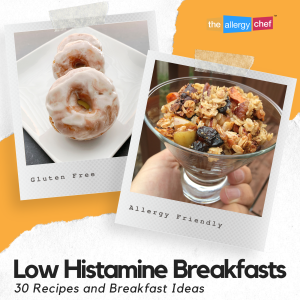If you’re looking for low histamine foods to enjoy at breakfast time, you’ve come to the right place. The low histamine recipes and ideas I’ll be sharing today are all gluten free and allergy friendly.
Creating meal plans for yourself each week/month will help you feel less overwhelmed by following the diet. Having a solid meal plan is also an easy way to make sure your meals are balanced, nutritionally speaking. Often times, when eliminating large amounts of food due to allergy or special diet, people need to give extra care to their vitamin and mineral levels.
What is a Low Histamine Diet?
A low histamine diet is one that is made up of low-histamine foods. Now, what does that really mean? There’s histamine content in al of the food that you eat. However, when someone has a histamine intolerance, the breakdown of histamine doesn’t happen properly and this creates food allergy-like symptoms. A low histamine diet removes foods that are high in histamine or are histamine liberators (more on this further down).
If you’re new to all of this, Mind Body Green has a great (long) intro on histamine intolerance and what you need to know about a low-histamine diet.
The Importance of Fresh Foods
Fresh meat, for example, is very important if you’re following a low-histamine diet. As meat ages, there’s a natural release of histamine, and that can cause symptoms. The same is true of leftover cooked meat, that at it ages, the amount of histamine increases. The great news is that freezing your leftovers is the perfect way to avoid this issue.
It’s so important that you have the right containers on hand. In these situations, I can’t suggest enough having individual portion style containers that are freezer friendly. This allows you to only thaw what you need, and prevent your cooked foods from further histamine-based aging.
It’s important to remember, no two people are the same. People who follow a low-histamine diet each have personal histamine tolerance levels. To better understand your personal limits, keep a food journal/food diary for at least the first two months of your new diet. The journal should include food, stress levels, restroom, sleep cycle, any symptoms, and other details your medical team may benefit from knowing.
As you go about avoiding high-histamine foods, your overall histamine load should decline and you should start to see a reduction of the symptoms of histamine intolerance. However, if you’re not feeling any symptom relief (or very little relief), absolutely follow up with your health care provider. There could be an additional underlying condition that needs to be addressed.
Common High Histamine Ingredients to Avoid
Whilst this is not an exhaustive list, here’s a list of high-histamine foods you’ll want to avoid if you don’t have histamine tolerance. RAISE has a lot more recipes and resources on the topic. I will warn you, as you look online for more information, you’re going to find a lot of conflicting information. Sift through it all, and make a plan that makes sense to you and your medical team. Not all foods will work for everyone.
As you prepare to make foods at home, you’ll also want to avoid pre-made spice blends and make your own blend at home. This is because there are a range of ingredients, common to spice ingredients, that you won’t be able to eat on a low histamine diet.
- Cured Meats (such as salami, deli ham, dried meats, ham, etc.)
- Preserved vegetables (pickles, olives, etc.)
- Tomato
- Eggplant
- Mushroom
- Hard/Aged Cheeses
- Shellfish
- Nuts
- Avocado
- Lemon Juice & Citrus Fruits
Common Histamine Liberators to Avoid
Also not an exhaustive list, but this will give you an idea of what some common histamine liberators are. Histamine liberators are foods that aren’t naturally high in histamine, but can trigger the release of histamine from your immune system.
- Alcohol
- Artificial Dyes
- Banana
- Fish
- Chocolate
- Pineapple
- Strawberries
Common Low-Histamine Ingredients to Enjoy
Again, not an exhaustive list, but here are some delicious ideas to get you started.
- Apples (great for making apple muffins which you can freeze)
- Blackberries
- Carrot
- Celery
- Chia Seeds (great for making chia pudding)
- Coconut Products (coconut flour, coconut oil, coconut milk, shredded coconut)
- Lettuce
- Nectarine
- Pumpkin Seeds
- Sweet Potato
- Zucchini
Fresh Herbs That are Low Histamine
Fresh herbs (and seasonings in general) can take a bland meal to the next level. When you’re managing a restricted diet, it’s important that you pack flavour into your food. This will help you feel more satisfied with each meal, and resent your diagnosis less.
- Basil
- Mint
- Oregano
- Parsley
- Rosemary
- Sage
Low Histamine Breakfast Ideas
- Seasoned Ground Meat + Fresh Vegetables
- Low Histamine Pancakes + Fresh Fruit
- Egg Free Breakfast Casserole made with Shredded Sweet Potatoes
- Yogurt + Fresh Fruit + Hemp Seeds (sprinkled on top)
- Brown Rice Bowl (brown rice + protein + vegetable + sauce, most of these can be made in advance and frozen)
- Yogurt + Cranberry Sauce + Toasted Oats (sprinkled on top)
- Breakfast Nachos (low histamine chips + seasoned ground meat + low histamine cheese such as young gouda + misc toppings)
- Overnight Oats (you can add a huge range of seasonings and toppings to create variation)
- Chia Seed Pudding (you can make a huge range of flavours including exotic options like honey cardamom raisin pudding)
- Sweet Potato Apple Hash
Low Histamine Dip Ideas
Dips and sauces can make your life SO much tastier. Once you have several that you can rotate through, mess around with their consistency, try with with different main dishes and side dishes, and even try making thin sauces for your salad recipes.
Cream cheese, gouda cheese, and raw milk are all considered low histamine foods. You can easily uses these as bases for homemade dips and sauces.
- Homemade cream cheese maple spice dip
- Vegetable Cream Cheese Dip
- Cinnamon Sweet Potato Dip
- Creamy Mint Sauce (would pair well with lamb recipes)
- Rosemary Cream Sauce (use that for dripping crispy garlic smashed potatoes *chef’s kiss*)
Low Histamine Breakfast Recipes
Here are some low-histamine breakfast recipes that my kids adore! They’re all gluten free and allergy friendly as well.
- Egg & Dairy Free French Toast
- Carrot Cake Waffles
- Corn Free Fried Doughnuts (serve with a protein, great for a special weekend breakfast)
- Sweet Potato & Apple Crumble
- Gluten Free Cinnamon Raisin Waffles
- Paleo Pancakes (Grain Free, Allergy Friendly)
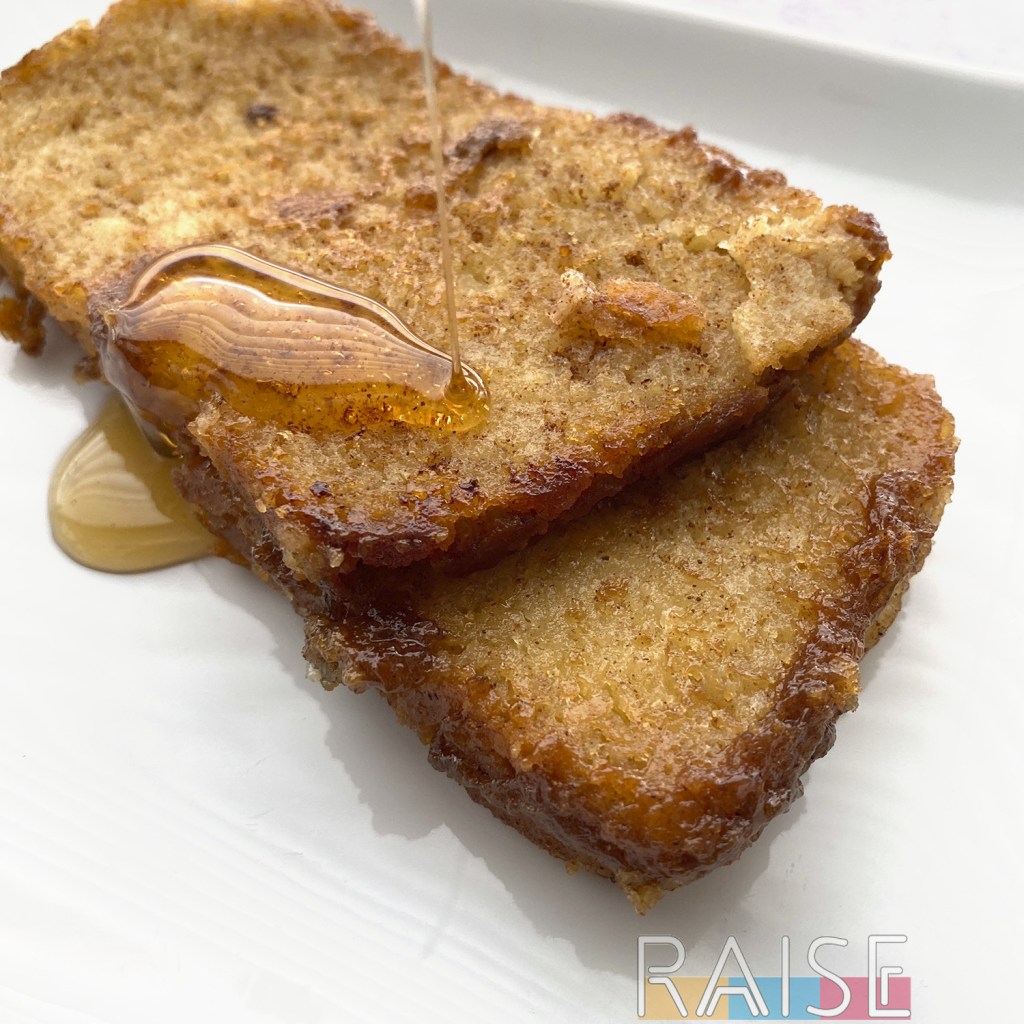 |
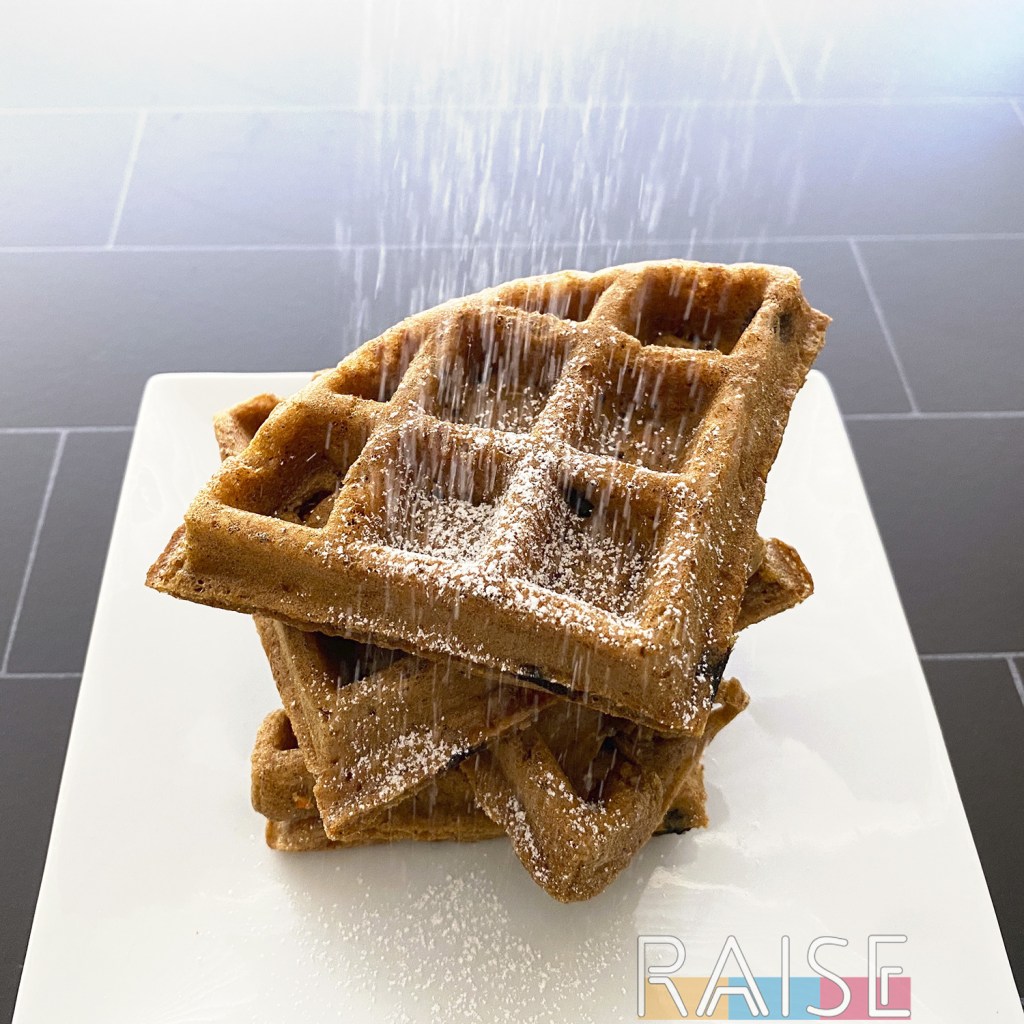 |
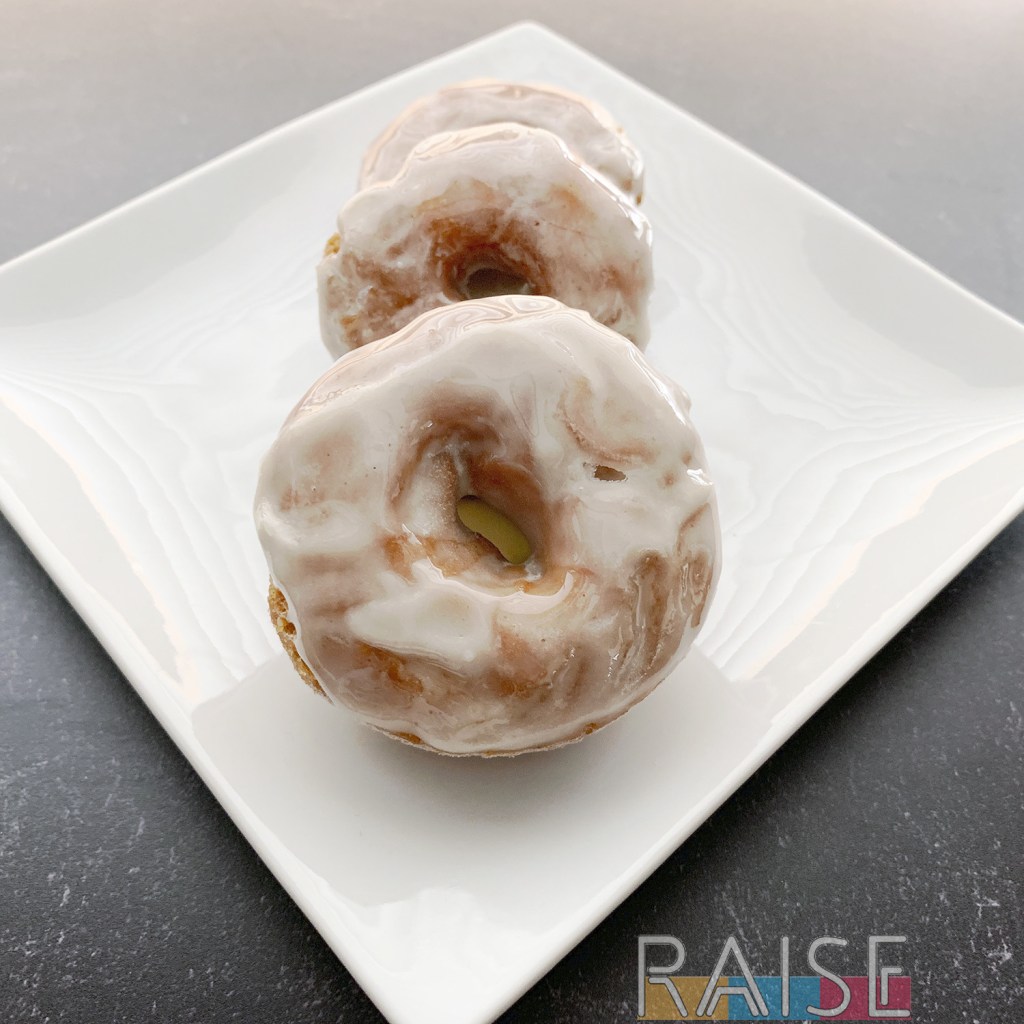 |
 |
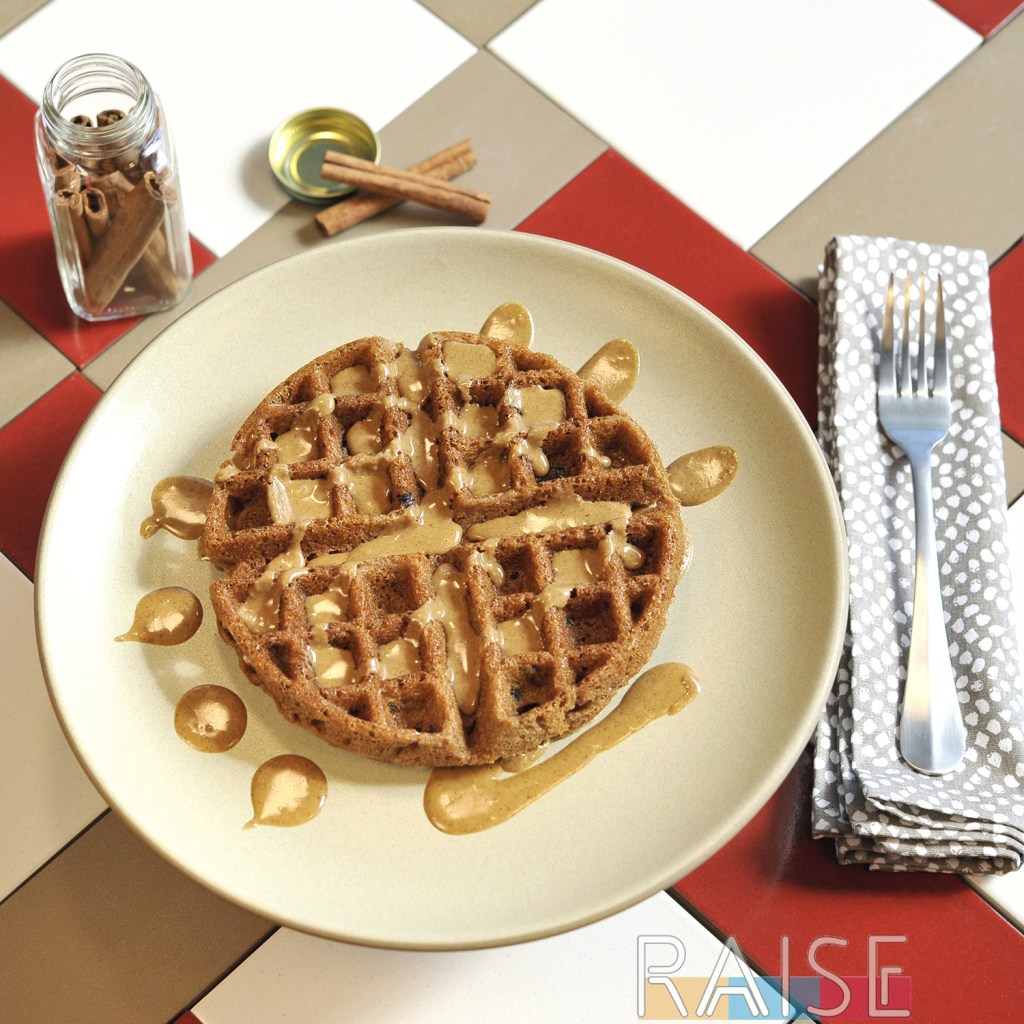 |
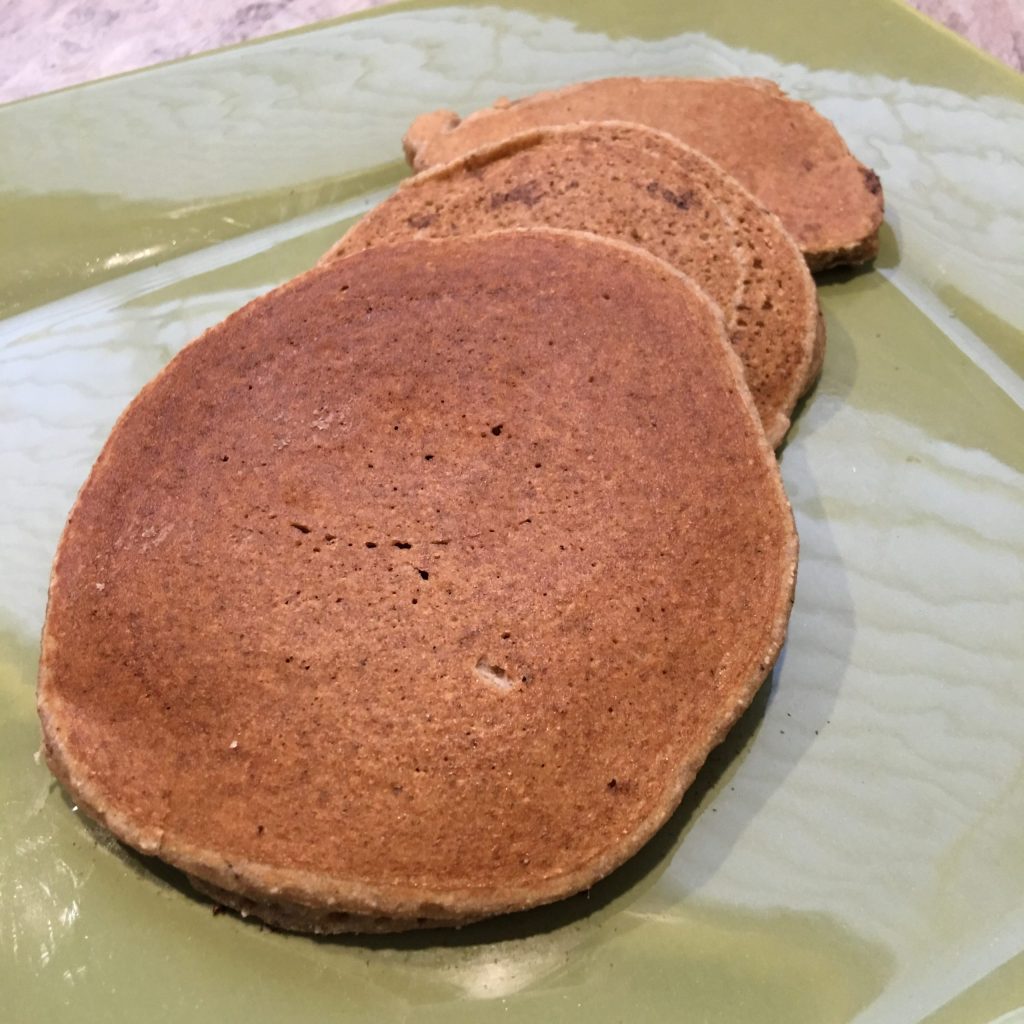 |
List of Low Histamine Fruits
whilst this is not an exhaustive list, here are some very delicious fruits you can still enjoy whilst following a low histamine diet.
- Apple
- Apricot
- Blackberries
- Blackcurrants
- Cranberry
- Dragon Fruit
- Gooseberry
- Grape
- Lychee
- Nectarine
- Peach
- Persimmon
Ideas for Low Histamine Smoothies
There are a lot of low histamine fruits that you can still enjoy. For those who are green smoothie fans, you’ll still be able to use a lot of nutrient dense greens in your breakfast smoothies.
With the fruits listed above, you can create a lot of different combinations. Smoothies can be enjoyed fresh from a cup, or you can make yourself a fancy smoothie bowl. You can then freeze leftovers in popsicle molds for easy fun snacks.
- Carrot + Apple + Blackberry Smoothie (steam, cool, and freeze carrots, then use them to thicken smoothies like ice. it’s delicious)
- Blackberry + Dragon Fruit Smoothie Bowl (this would look so pretty with white dragon fruit stars)
- Cinnamon Persimmon Smoothie (great during the holidays)
There are a few debated fruits such as cherry and mango. Many patients tolerate them well. Be sure to ask your medical team about food trials once you’ve reached a baseline and your histamine levels are no longer elevated. Cherry and mango are two excellent examples, and if you can have them, here are a couple more smoothie ideas:
- Peach Mango Smoothie Bowl
- Apple Cherry Zucchini Smoothie (freeze zucchini and use it as an ice replacement)
Easy Low Histamine Breakfast Recipes
If you’re low on time, or energy, here are some great low-histamine recipes to enjoy on busy mornings.
- Simple Roasted Sweet Potatoes (great to serve with a protein such as these homemade breakfast sausages)
- Nutrient Dense No-Bake Cookies (think fun and delicious power ball)
- Apple Cinnamon Meatballs (meatballs in general are great since you can make a range of flavours, freeze them, and pull them out as needed)
- Lettuce Wraps (this has huge potential since you can make different ground meats, freeze small portions, and pull a different one out each time)
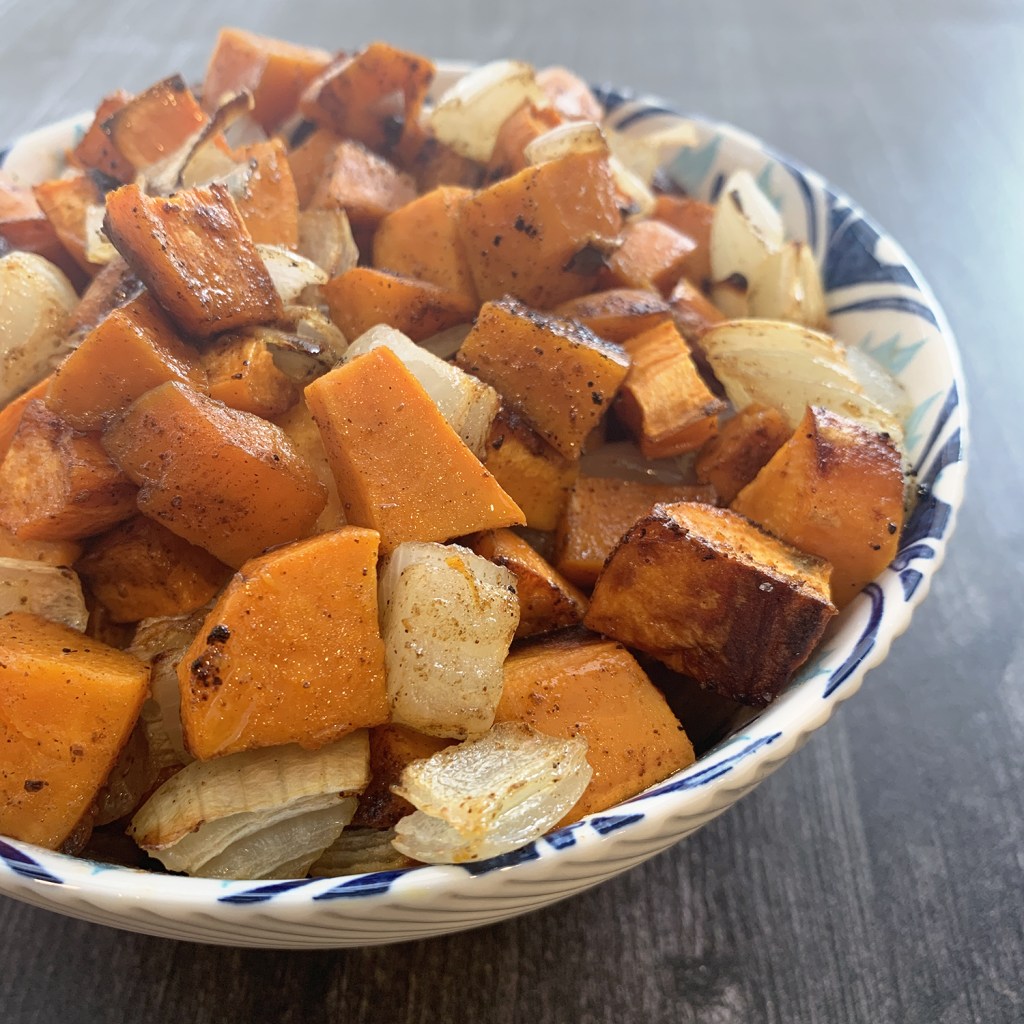 |
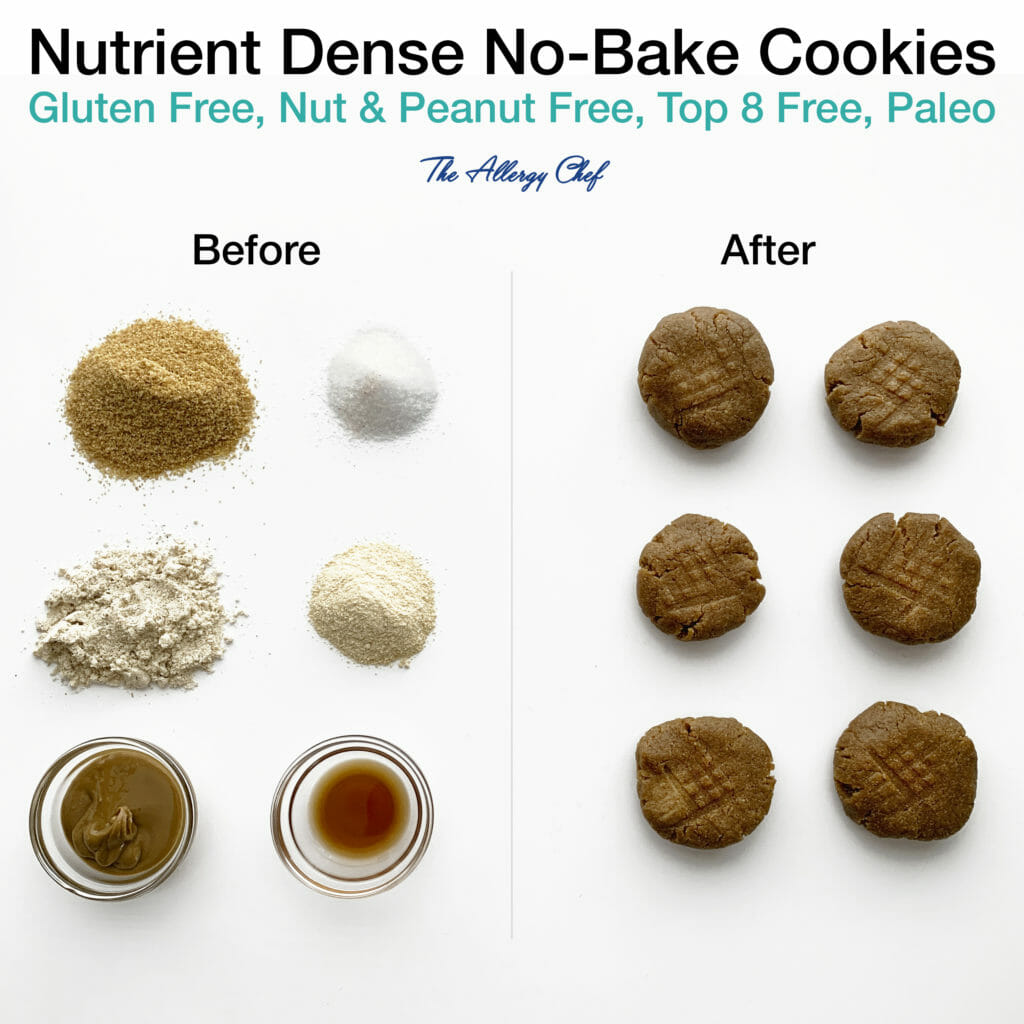 |
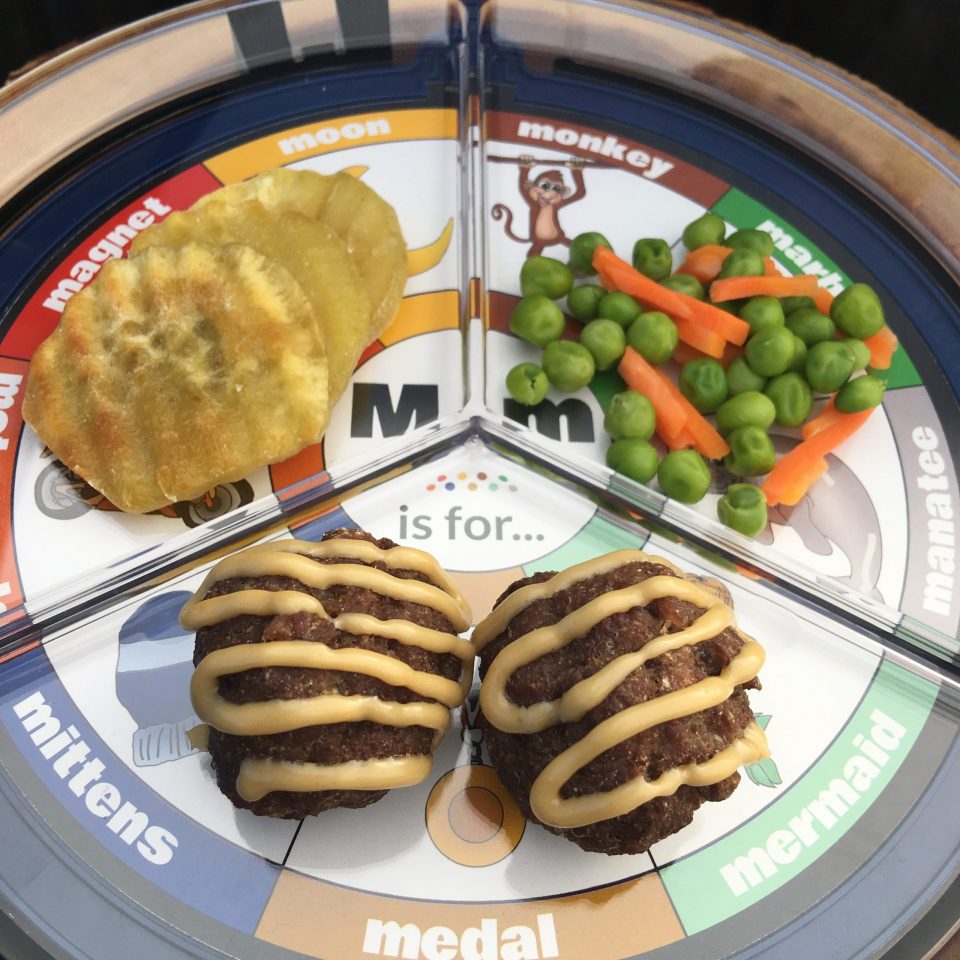 |
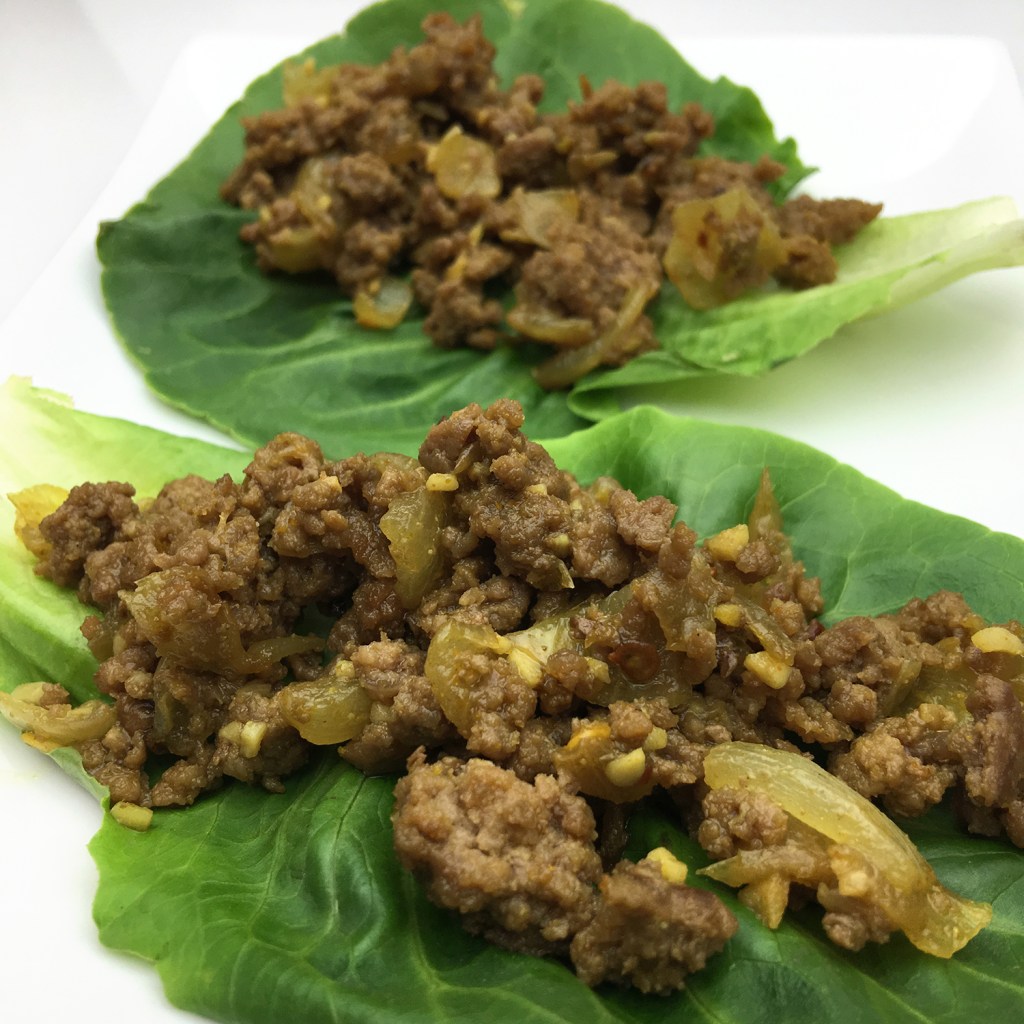 |
Answering Your Low Histamine Breakfast Questions
Do you know of any good grain free low histamine tortilla chips? I’d like to use them for texture in my breakfasts.
By brand, I can’t say that I know one, as all of the major brands use oils derived from high histamine foods such as avocado. Personally, I’d make chips at home, as it’s not difficult. All you need are safe-for-you tortillas and oil to fry in. Personally, I’ve made these tortillas at home, then fried them in a large pot like this.
If you’re open to options outside of tortilla chips, I can suggest Jackson’s Sweet Potato chips cooked in coconut oil and Artisan Tropic Cassava Strips cooked in palm oil. Both brands only use salt and oil in the ingredients.
Can I have soy sauce on a low histamine diet?
No, you can’t have soy sauce for a few reasons. First, legumes are a high histamine food. Second, wheat (found in soy sauce) is also a high histamine food. Third, soy sauce is traditionally a fermented product which you can’t have on a low histamine diet.
However, there’s hope! You may be able to tolerate coconut aminos, which is made from coconut and an alternative to soy sauce that’s also wheat free. You’ll need to do a trial to see if it’s something you can tolerate with your individual tolerance.
Is it possible to still have fish tacos when following a lot histamine diet? I’ve seen mixed information about fish consumption.
This is a great question, especially considering fish tacos would be a delicious fast breakfast you could whip up. Whenever mast cells are involved, it’s important to remember that no two people are the same. In some patients, they’re able to consume fresh fish (not canned, aged, etc.). Some patients on the other hand can’t even tolerate fresh fish.
People following a low histamine diet all have different levels of tolerance. What that means is you should be very strict during the elimination phase of the low-histamine diet when you’re starting out. Once you’ve reached a good baseline and your medical team clears you for food trials and re-introductions, do a trial for fish if you’re wanting to incorporate it back into your diet. Be sure to keep a detailed food journal during your trials, as this can help you ensure you’ve truly passed.
The best fish to trial will be trout, fresh caught fish, and fish that was frozen fresh when caught. You’ll also need to make sure your tortillas are safe for you, as wheat is a high histamine ingredient. Corn tortillas, homemade cassava tortillas, or homemade rice flour tortillas can all work as a base for your tacos.
Can I have cereal on a low histamine diet?
Yes, you can! It’s important to select plain cereals that are usually two to three ingredients. Rice cereal is a good example. The ingredients should be something like: rice flour, water, salt. You can find plain cereals made from corn, cassava, coconut, quinoa, and rice.

